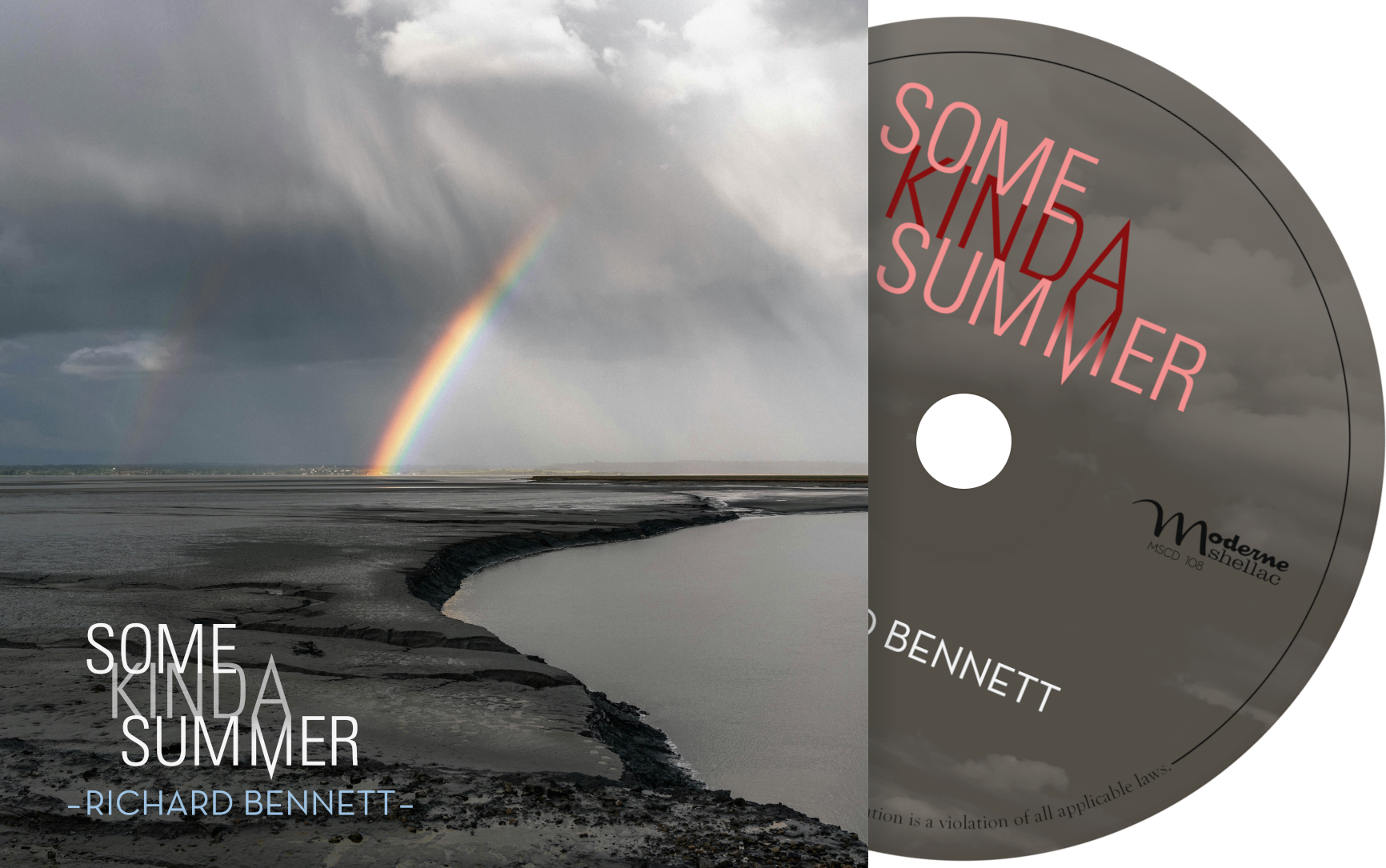
The Latest . . .
The Volcano Brothers in Vintage Guitar Magazine
Carlton, Jim. "The Volcano Brothers: Lei’d Back Jazz." Vintage Guitar Magazine, Sep. 2025, p. 19.
Via Steve Dawson …
The Henhouse Hang is a unique 3-day music recording seminar in the heart of East Nashville, focused on recording and mixing Roots music from the ground up at Steve Dawson’s Henhouse Studio. This is your chance to experience the process of producing music in a room full of well-seasoned veterans. Steve has dedicated the last 20 years of his life to making records, and the skills and experience of working in this style are totally unique. Steve will be joined by his long-time friend and recording engineer Sheldon Zaharko, and a cast of world-class Nashville session musicians. The goal will be to produce and record 2 songs for a guest artist, from the ground up in that time, and showing you recording and production techniques along the way. The Americana/Roots genre is unique in that recording a live band performance is an accepted and preferred way to work. We don’t make bed tracks and add instruments one at a time. We get the whole band in the room and play some music! You’ll see how Nashville Number charts get written and used while the band hears the song for the first time, how lyric sheets get referenced, how instrumental parts are developed, and how the band works together to create music that is both respectful to the song but also an inspired performance by all those involved. You’ll see how we get sounds from various instruments and the techniques involved in capturing them in a recording using various microphones and other equipment. All of these skills take a long time to learn and to master, and it’s almost impossible to find a way to experience a recording session like this first-hand without being one of the musicians on the session. We hope to change that by opening the doors to a small group of people who want to learn this engaging, interactive and unique way of making music.
The Grand Ole Opry House announces,“Titan of Twang: A Celebration of Duane Eddy,” a one-night-only tribute to the legendary “Titan of Twang,” Duane Eddy. This special evening will take place on Sunday, April 13 at the iconic Grand Ole Opry House in Nashville. Tickets go on sale to the general public at 10:00 a.m. CST on Friday, Jan. 17, 2025, at opry.com.
Presented by Opry Entertainment Group, the tribute concert will feature an all-star lineup of special guests and musical performances by Peter Frampton, Vince Gill, Albert Lee, Joe Bonamassa, Steve Earle, Buddy Miller, Beth Nielsen Chapman, Molly Tuttle, JD McPherson, Slim Jim Phantom, Jennie Vee and Toby Lee each honoring the lasting influence of Eddy, whose groundbreaking guitar style has influenced generations of artists. The evening will be hosted by Jim Lauderdale and anchored by a house band led by Musical Director Jim Hoke, with Mark Beckett, Dave Pomeroy, Randy Leago, Garry Tallent, Dan Dugmore, Terry Adams, Richard Bennett, The McCrary Sisters and Siobhan Maher-Kennedy.
“Duane Eddy was the first rock and roll guitar god.” — John Fogerty
Eddy is widely regarded as one of the most influential guitarists in modern music, credited with creating the signature “twang” that became synonymous with rock and roll. His unique sound, shaped by the reverberating tones of his Gretsch guitar, produced iconic hits like “Rebel Rouser,” “Peter Gunn” and “Forty Miles of Bad Road,” influencing a diverse range of artists, from George Harrison and Hank Marvin to Keith Richards and Jimmy Page. You can hear Eddy’s influence on Bruce Springsteen’s “Born to Run,” the theme from Twin Peaks, and countless other recordings that turned to “twang” for a hint of cool menace. Over his career, he’s collaborated with musical legends, Paul McCartney, Elvis, The Everly Brothers, Phil Everly, George Harrison, Carl Perkins, Brian Setzer, The Mavericks, Waylon Jennings, Emmylou Harris, Ry Cooder, Foreigner, Johnny Cash, Chet Atkins and Beth Nielsen Chapman, solidifying his place as a pioneering force in rock and roll.
About Duane Eddy:
Duane will be forever revered as an original guitar hero who put a deep and resounding twang into Rock ‘n Roll. On a string of late 1950s and early ’60s instrumental hits, he used dramatic single-note melodies on the lower strings of his guitar, pronounced tremolo and vibrato, and liberal doses of echo to produce a signature sound that evoked everything from souped-up cars on Saturday night, to the wide-open vistas of the Wild West. Duane became the most successful instrumentalist in rock history, charting 15 Top 40 singles from 1958 through 1963, and selling more than 100 million records worldwide. In 1994, he was inducted into the Rock and Roll Hall of Fame. In 2008, Eddy was inducted into the Musicians Hall of Fame and received The Lifetime Achievement for Instrumentalist Award from The Americana Music Association, in 2014.














